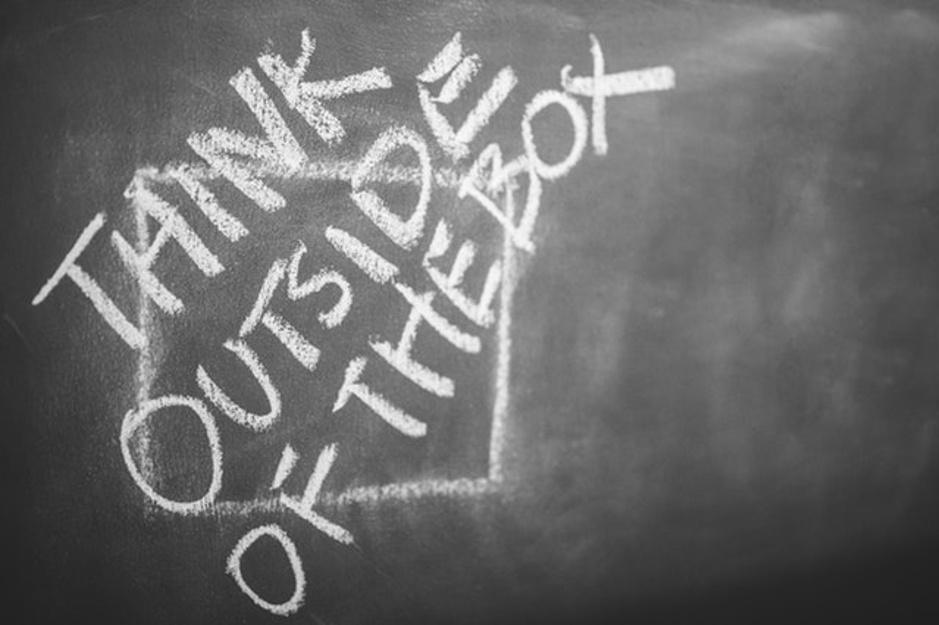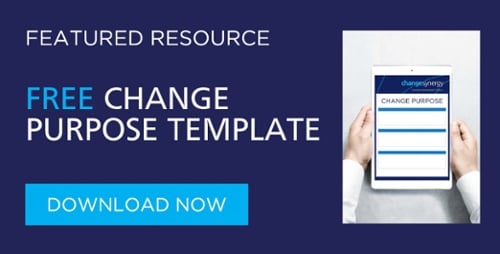A clear vision for the future, focused on outcomes, helps people regain a sense of control.
The case for change is clear. Things can’t stay the way they are because of faster competitors, loss of market share, or a critical system is at end-of-life.
You have a why that will get people listening. Now your job is to keep them listening.
Now we describe what the future will be like – the future state vision.
This is the second ingredient in our Shared Change Purpose, part of our methodology that has helped more than 175 organisations worldwide.
What’s the future state vision?
People need to know where you want them to go. What will success look?
Research tell us that a clear and realistic vision helps to restore a sense of control. People gain a sense of control, because they have a realistic picture of what to expect when the change is successful.
But my change isn’t a big deal. You might even say it’s boring.
Maybe you’re not putting a man on the moon. That’s ok.
For all changes, your goal is clarity. What’s the future going to look like when we get there?
TAC is clear with Towards Zero. They’re “working towards a future free of deaths and serious injuries on our roads.”
A strong vision is focused on outcomes. It’s not simply: “next year we’ll transition to a new HR/Finance/Payroll system.”
What will people do differently? Will it mean all payslips will be electronic (finally); everyone will be paid on the same fortnightly schedule; fewer emails and more collaboration; it will be easier to work remotely, etc.
We recommend using a framework of “more of…” and “less of…..” to help people see how they’ll operate in the future.
Balance is always important
Don’t sell a Maserati if you’re building a Corolla.
We’ve explained how <too much imperative> can strike unnecessary fear in people. We need to be careful with vision, too.
Too much vision can come across as inauthentic, or overly optimistic. People can see through spin.
We’re aiming for a neat balance between “this is why we need to change” and “this is where we’re heading.”
If we do this well, people will be willing to try new things, with realistic expectations.




